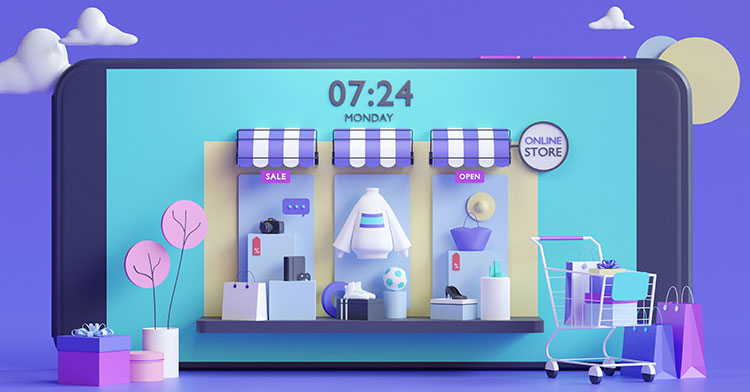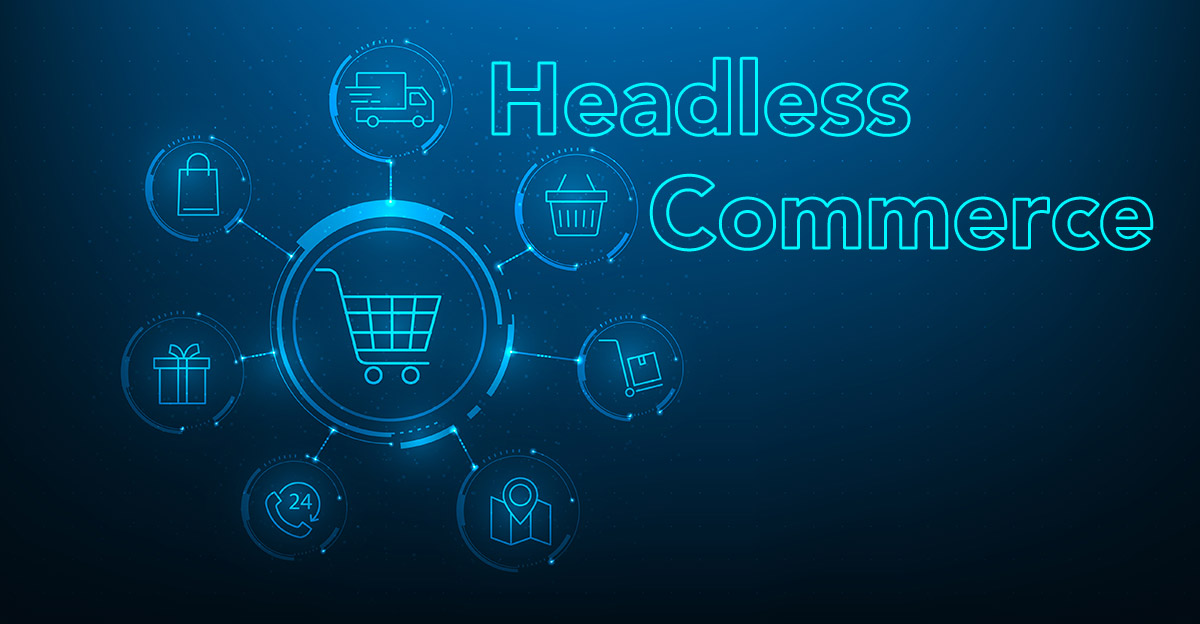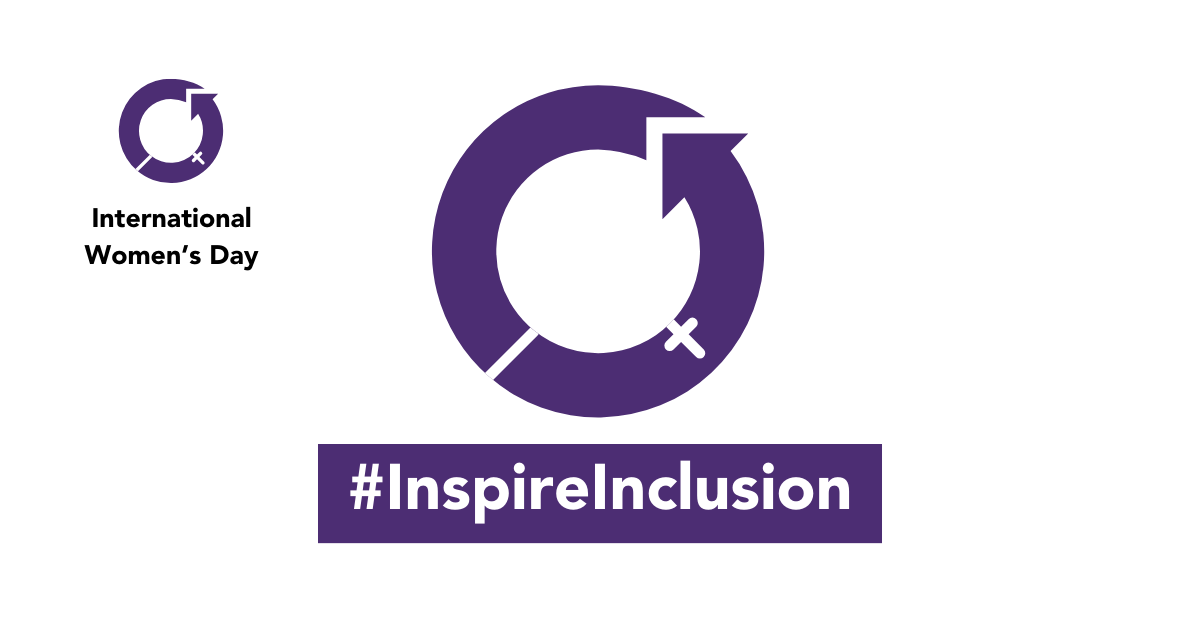Navigating Compliance and Inventory Management in Cannabis Dispensaries with Acumatica
In the rapidly evolving landscape of the cannabis industry, compliance with regulations and efficient inventory management are paramount for success....

The first item ordered online was through Amazon in 1995 – a book. Twenty years later, the ecommerce industry has made over 2 trillion US dollars worldwide. Since the inception of online retail, it has evolved into one of the world's largest product and service sales methods. As technology continues reinventing the ecommerce world, online shopping is easier and easier for modern-day customers. In the beginning, ecommerce was limited in its capabilities. Still, as it's grown, customers ask for more and more functionality to make it easier for them to shop, keep their data secure, and product information to make an informed purchase.

Suppose you're already an ecommerce retailer, wholesaler, or distributor. In that case, you know how crucial it is to have the right technology to meet the needs of your customers and attract new ones. But what about the latest technology that will change the face of ecommerce once again? Even if you're not ready to implement these technologies, you need to know what's coming and get ready. Here are six technologies you need to be prepared for as the ecommerce landscape changes again.
In 2015, the first PWA was developed by Chrome developers Alex Russel and Frances Berriman. These developers brought an application to the market that acted like a native app but had way more capability and faster load times. They provided a better shopping experience for online shoppers. According to web.dev, the proof that PWAs are revolutionizing the Internet is in the numbers. For example, Twitter had a 65% increase in pages per session, 75% more Tweets, and a 20% decrease in bounce rate while reducing the app size by over 97%. We know you're not Twitter, but implementing a PWA for your ecommerce business provides positive results and a considerable increase in website traffic, purchases, and brand recognition.
PWA development shows no signs of slowing down. In the beginning, developing a PWA was expensive and time-consuming. Still, as technology has advanced, PWAs are easier to develop, launch, and use, allowing nearly every online retailer to create their own PWA and start experiencing the positive effects almost immediately.

AR and VR are still in their infancy but are already powerful purchasing tools. In our article Why Your Business Should Look Ahead To The Metaverse, we discuss how powerful VR and AR allow customers to be in an immersive environment and try out new products before purchasing. Some brands have already entered the metaverse and offer virtual experiences of their products. Companies already implementing this technology are Ikea, Apple, Sephora, and ZoZo.
Yet again, Amazon paved the way for one-click payment options. With a profile created, Amazon stores your payment information, and on every product, you have a slider button for a one-click payment. Just swipe the button and boom! Your product is on the way. One-click payment helps remove user indecision and cart abandonment, helping businesses decrease significant revenue loss. But, of course, one-click payment isn't unique to Amazon anymore. More online commerce retailers offer one-click payment and digital wallets; your phone even works as a wallet for one-click payment in a physical store.
Nearly everyone has heard of Alexa, Amazon Dot, and other voice-controlled devices for the home. These devices have advanced to the point where you can make your entire house a "smart home." Lock doors, turn on and off lights, set security alarms, and even create a shopping list all from one device that's connected to everything.
Online retailers are beginning to take steps to create voice ordering and purchasing. It's not mainstream just yet, but it's on the way. In addition, it's estimated that 75% of households will have some sort of voice-enabled device in their home. Businesses like Dominoes and Walmart have voice ordering systems, saving customers the need to interact with an app on their phone or texting. If you'd like to try it out, check out the Web Speech API that can be installed on Chrome or used through Android devices.

Remember how we said that smartphones include a digital wallet as part of their features? Well, this is also called universal mobile payments. It's essentially an app that connects all your credit cards, Apple and Google pay accounts, and bank cards to your phone and allows a one-touch payment method at physical stores. Digital wallets are gaining popularity and are moving to the ecommerce industry quickly. Consumers like the simplicity of linking their digital wallets, selecting the payment method, and checking out quickly.
Contextual commerce provides another method for consumers to find and purchase items on popular applications. Apps like TikTok, Instagram, and Pinterest turn to contextual commerce. Since these applications already allow ads from companies to help increase revenue, it's no surprise that they're starting to offer purchases right from the ad. Companies like Instagram have even created their own digital wallet to enable one-click purchasing through ads, and voice-enabled payments combined with contextual commerce are on the way.
Online retailers are working harder than ever to meet the ever-changing expectations of their customers. Therefore, it's vital to research how these technologies can be leveraged to enhance your customer's journey. If you're not ready to jump into the ocean of new technology, there are ways to test these technologies and see if they will fit your business plan. Plenty of development companies offer free trials, demos, and open APIs to help you start navigating the new landscape of online commerce.
Most legacy website platforms aren't optimized for these new shopping methods, leaving companies struggling to find workarounds, purchase new functions, or even steer clear of offering new shopping experiences. However, in a few short years, you'll likely be left in the dust as your competitors embrace new technologies and add them to their ecommerce businesses. So if you want to keep up, you need to start looking for solutions that can grow to provide these services.
Kensium offers a complete end-to-end solution for your customer-facing website and back-office operations. Upgrading your website and backend system with solutions that are on the cutting edge of technology allows you to continue to grow your business, offer streamlined checkout, and are ready to integrate new ways of purchasing items. So don't let the future leave you in the past. Contact us today, and let's chat about how we can help you take

In the rapidly evolving landscape of the cannabis industry, compliance with regulations and efficient inventory management are paramount for success....

In today's rapidly evolving ecommerce landscape, traditional commerce approaches are giving way to more flexible and dynamic solutions. Headless...
